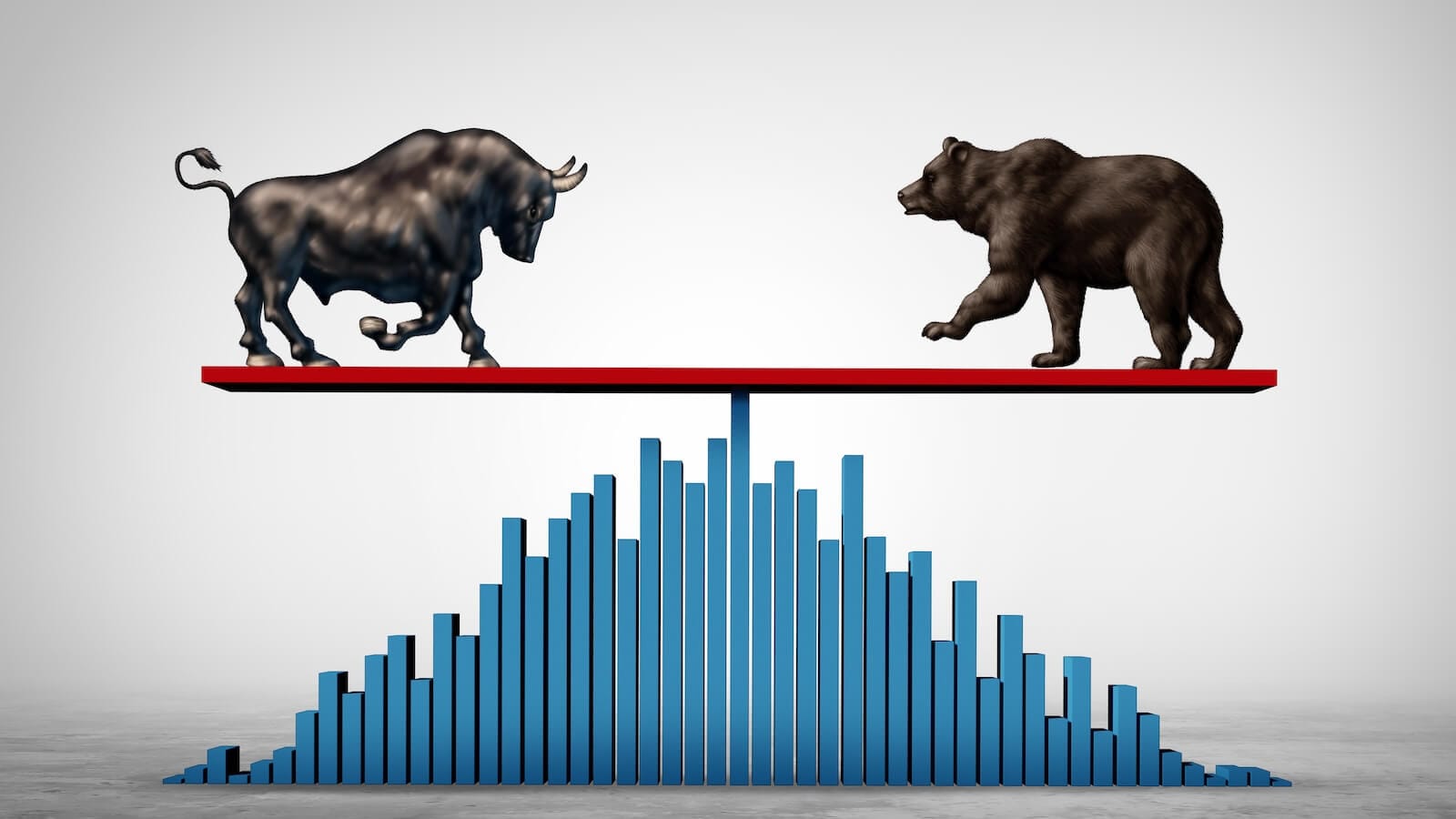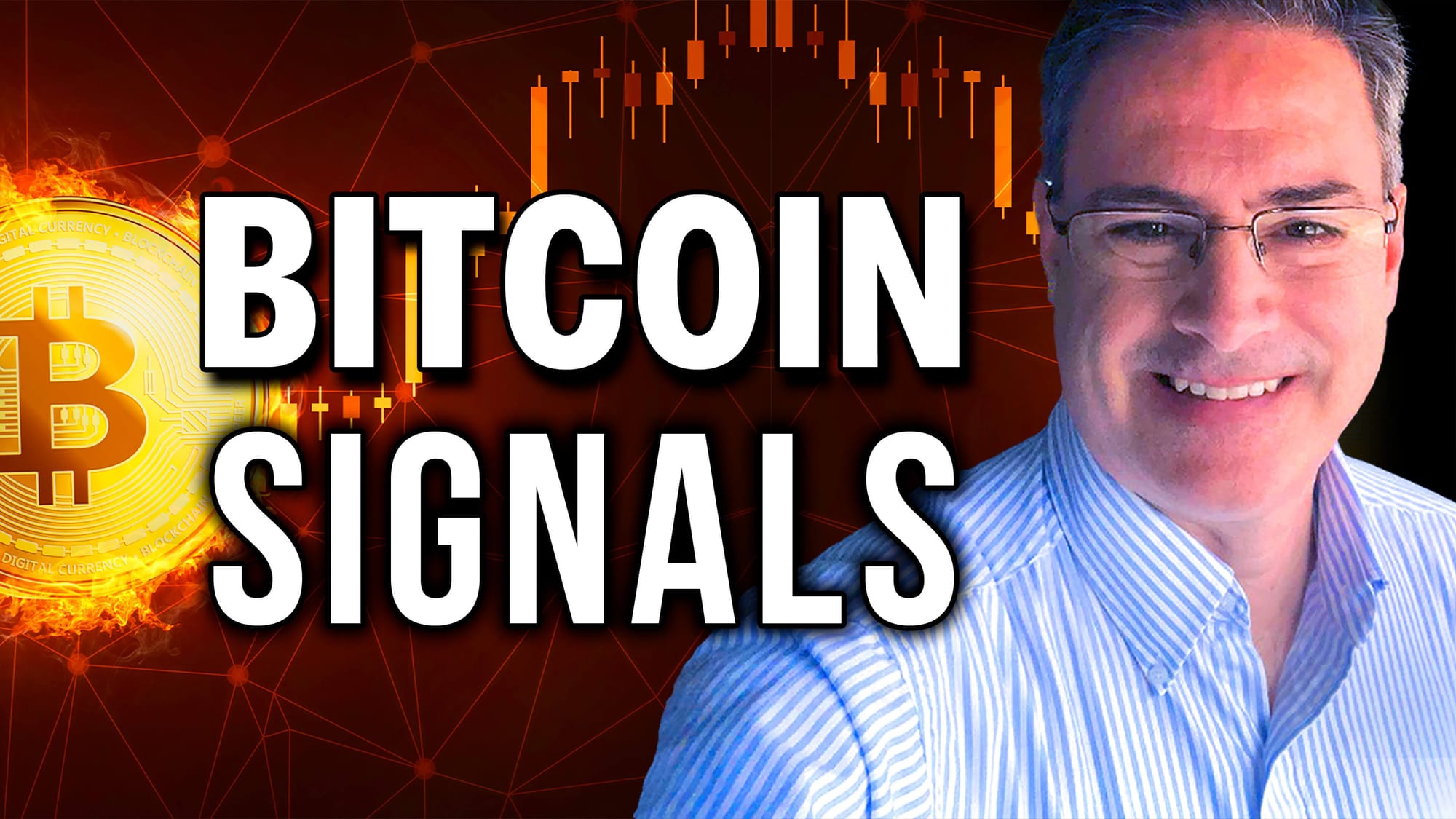Sentiment Is Near-Perfect for a Rally: One Thing Could Stand In the Way
KEY TAKEAWAYS
- Several sentiment indicators have reached levels that usually fuel a worthwhile rally or jump-started a new bull market.
- Sentiment indicators could be at levels that are ripe for a rally but keep an eye on them.
- The absence of a rally could increase the odds of a bull market.

Several sentiment indicators I follow have reached the kind of level of disbelief that has traditionally fueled a worthwhile rally or even jump-started a new bull market. So, why am I not wildly bullish? We can get to that later, but first Chart 1 compares the S&P Composite with a four-week moving average (MA) of bearish members of the American Association of Individual Investors. Downside reversals from at or above the horizontal green line at 50% have, as pointed out by the green vertical lines, presented some great long-term buying opportunities since 1995. The indicator touched a near-record level in March, which should be bullish, but it has yet to turn and, therefore, generate a signal.
Also worthy of note is the red dashed lines represent failed signals in that the ensuing rallies were sub-par in nature. All five have one thing in common—they all developed under the context of a primary bear market. The moral of the story is if you believe we are still in a primary bull market, then definitely buy the dip. If you are less sure, then why not wait to see how the rally turns out, because if it's sub-par, it's likely to be a primary bear market

Chart 2 features the University of Michigan Sentiment, or rather its 12-month rate of change (ROC). Buy signals for the stock market occur when it drops to or through its oversold zone subsequently rebounding decisively above it. The red ellipses flag two indecisive signals and the dashed lines two false positives. Ironically, they both developed during a primary bear market. The ROC is in range for a turnaround, but at present is declining,

Finally, in the potentially bullish sentiment department, Chart 3 compares the daily short-term KST for the VIX to the S&P Composite. The green vertical lines approximate peaks in this indicator that were followed by a worthwhile short-term rally and the dashed lines with those that were not. Once again, they signal counter-cyclical rallies. The most recent buy signal was triggered in March. So far, it hasn't generated much of a bounce. If that continues to be the case, the odds of a primary bear market will be enhanced.

Is It a Bear Market?
Primary trends, which usually range between one and two years, require quite a bit of evidence to reverse. So the simple answer to the question posed by the sub-title of this section, i.e., "Is It a Bear Market?" is that it's too early to tell, but in the absence of a rally, the odds are growing by the week.
One indicator monitoring investor sentiment, which has had a reliable record of calling tops is the ICE BofA US High Yield Option-Adjusted Spread Index ($$HYIOAS). Chart 4 shows that this series moves inversely with prices. Simply put, it reflects the additional compensation investors demand for taking on the higher risk associated with below-investment-grade corporate bonds. A low reading that moves progressively higher is bearish and vice versa. This series comes into its own when it begins to rise after a lengthy decline. Such reversals reflect an outlook change from gradually improving confidence to one of concern, as investors demand higher premiums for what is perceived as additional risk.
The vertical lines identify periods when the indicator experiences a decisive crossover of its 12-month MA. In most cases, this is augmented by an upward violation of a dashed long-term down trendline and a rising long-term Know Sure Thing (KST). The indicator violated its 2020–2025 down trendline at the end of February and the KST recently turned up. Since it had already crossed decisively above its MA earlier in the year, there is not much doubt a strong sell signal has been given. That's important because only one signal in the last 25 years has not been followed by a bear market or an increase in volatility, both of which represent a challenging environment for investors.

Our second primary trend indicator is a long-term KST for the NYSE Composite. The arrows in Chart 5 show that previous KST sell signals were mostly followed by a declining or rangebound experience for the Index. It's important to note that the indicator and the Index haven't crossed below their moving averages for a fresh sell signal. However, if those bullish sentiment indicators featured in the first three charts fail to deliver the bullish goods in the period ahead, watch out on the downside.

Good luck and good charting,
Martin J. Pring
The views expressed in this article are those of the author and do not necessarily reflect the position or opinion of Pring Turner Capital Groupof Walnut Creek or its affiliates.










